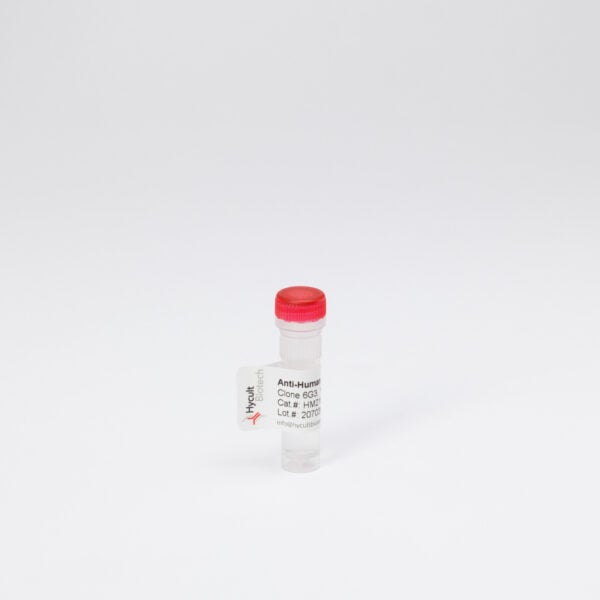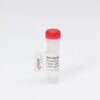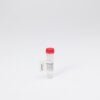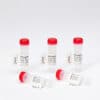Shigatoxin 1, mAb 13C4
€139.00 €530.00Price range: €139.00 through €530.00
The monoclonal antibody 13C4 recognizes the 1B subunit of Shiga-like toxin 1. Shiga-like toxins (SLTs), are also called Verotoxins. Enterohemorrhagic Escherichia coli (EHEC) strains which are primarily of serotypes 0157:H7, 026:H11 and O111:H8 have been incriminated as etiologic agents of hemorrhagic colitis and Hemolytic-uremic syndrome, a generalized disease characterized by acute renal failure, thrombocytopenia, and microangiopathic hemolytic anemia. There are several distinct E.coli SLTs. SLT-I and SLT-II are produced by EHEC. SLT-I and Shiga toxin share;99% deduced amino acid sequence homology, whereas SLT-I and SLT-II share about 60% deduced amino acid sequence homology. SLT-I and SLT-II are antigenically distinct. The protein structure of the toxin consists of two domains: the A polypeptide that inhibits protein synthesis by targeting ribosomes, and the B polypeptide pentamer that binds to the eukaryotic cell receptor globotriaosylceramide (Gb3) leading to receptor-mediated endocytosis.






